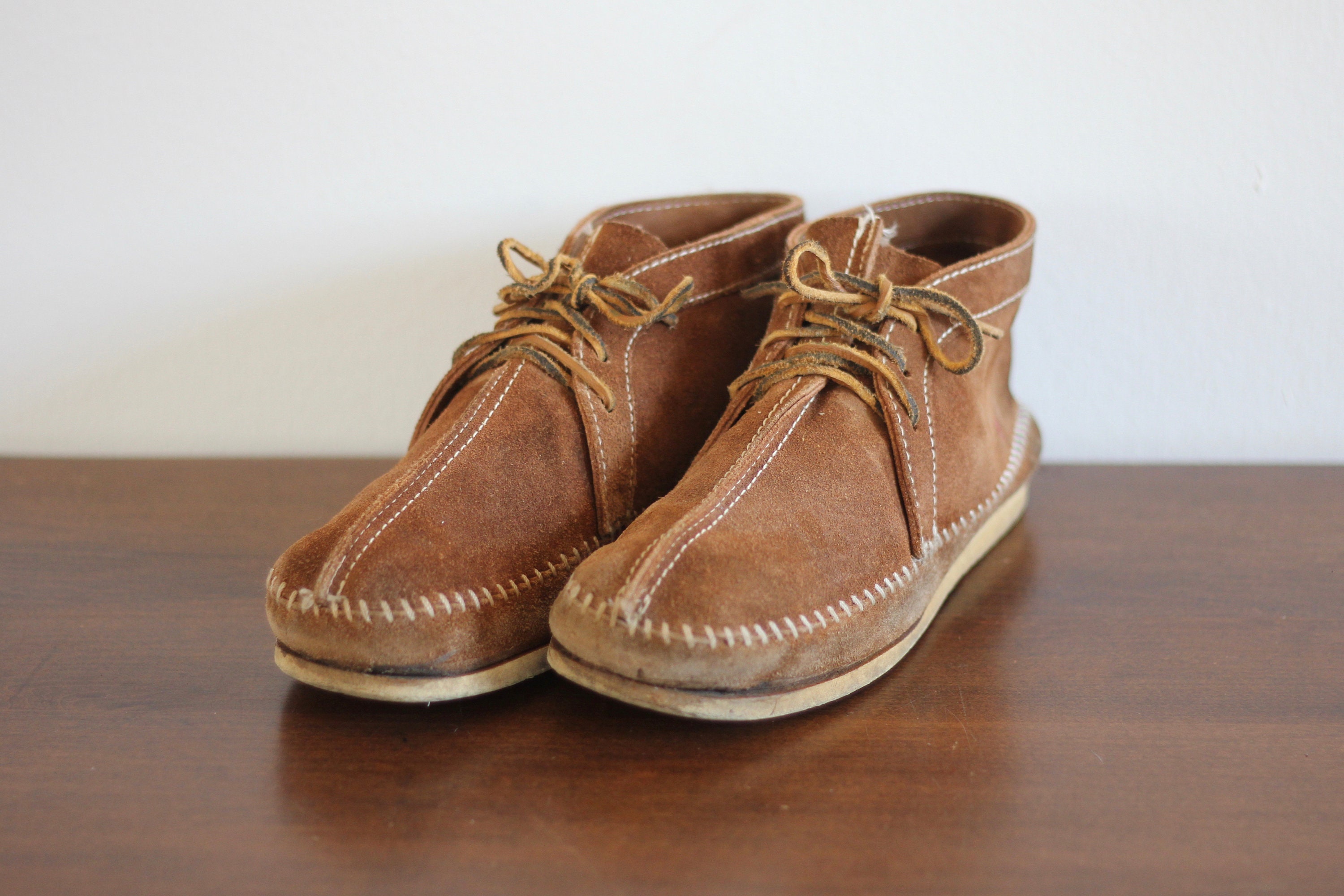
Fox was the first to score a pair (free of charge). Production was limited to just 89 units, and Michael J. Each pair advanced Adaptive Fit technology, also known as “power laces,” which can sense the wearer’s motion and loosen or tighten accordingly. In 2016, Nike released a new and improved version of the famous “Back to the Future” shoe. These days, you can typically fetch a pair of the 2011 Nike MAGs for US$7500-$10,000 (and up) on the resale market. When all was said and done, Nike reportedly raised US$5,695,190.53. Each pair was then auctioned off for charity, with all proceeds going toward the Michael J.

Their debut was preceded by a teaser video of Marty McFly’s closet, where Nike MAGs lined the shelves. Jump ahead to 2011 and Nike goes all-in on the MAG, crafting 1500 replicas of the famous “Back to the Future” shoe. Nike subsequently teased a “Back to the Future”-themed Hypermax, but the silhouettes never came to fruition. While not exact replicas, Bryant’s eye-popping kicks touted the original MAG colourway. Over a decade after it first appeared in “Back to the Future Part II,” an animated bear mascot was seen rocking a pair in the music video for Kanye West’s “Good Morning.” One year later, Kobe Bryant pulled up to UNDFTD LA in a Delorean, and stepped out wearing “McFly” Hyperdunks. Meanwhile, that’s just one among a slew of milestones achieved by this iconic Nike sneaker.

Did the automatic lacing system actually work, one might wonder? The answer is anyone’s guess, but as a piece of cinematic history, this prop was second to none. Fox in the second film, the future shoe was quite literally falling apart at the seams. It was a good day for some lucky eBay seller when he sold one of the original “Back to the Future” shoes (aka Nike MAG) for nearly 100k in 2018.


 0 kommentar(er)
0 kommentar(er)
